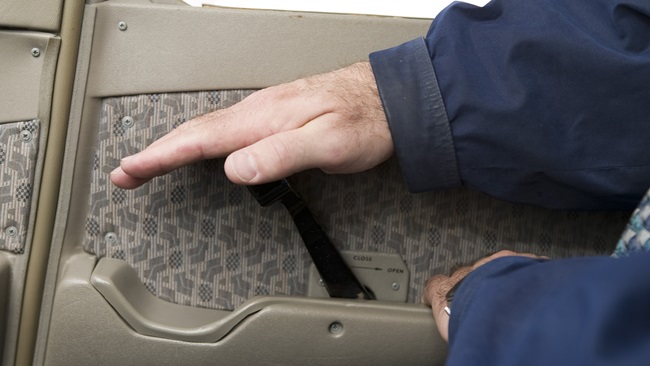IFR Fix: It all adds up
The ceiling and visibility are forecast to be adequate. Total wind and crosswind component are within recommended guidelines. The terrain isn’t mountainous, but be aware of any obstructions. The runway gets a big check mark as being long enough, and wide enough.
“You have a good amount of time in make/model. Use caution, however, if it’s been a while since you’ve flown the aircraft,” advised the AOPA Air Safety Institute’s Flight Risk Evaluator in a recent trial run.
“Given your lack of recent experience, we do not recommend taking this flight,” said the evaluation, which included a link to an accident report.
Quantification is king in the information age. No more making decisions based on truisms that aren’t true, on anecdotes that change with each telling, or on that good old gut feeling.
Quantifying the riskiness of a flight has the added benefit of steering you to focus on aspects of the trip that you might not have considered. For example, is there terrain more than 2,000 feet above the airport within 10 nautical miles? The Flight Risk Evaluator poses the question, and assigns a weight to the answer.
A pilot who has reservations about an element of a flight, but feels the need to put the concern in context, may find a risk-assessment method helpful. Various formats are used across the aviation spectrum by entities from security agencies planning large-drone flights for border security to general aviation pilots planning a weekend cross-country.
Say you have less than 100 hours in a type of aircraft. On one flight-assessment form that scores proposed flights numerically (low numbers say go, high numbers say no, with other alternatives in between), low time tacks two points onto a VFR-only pilot’s score. It’s a three-point penalty for an IFR pilot.
Not all matrix items add points. On that same form, a pilot can subtract a point if the destination airport has radar, or if you bring a rated, current second pilot along.
Knock off a point if you performed the weight-and-balance calculation.
But if the destination ceiling is less than 500 feel agl, an IFR pilot adds back two points—while a VFR pilot’s 20-point penalty puts the flight deep into “don’t go” territory.




